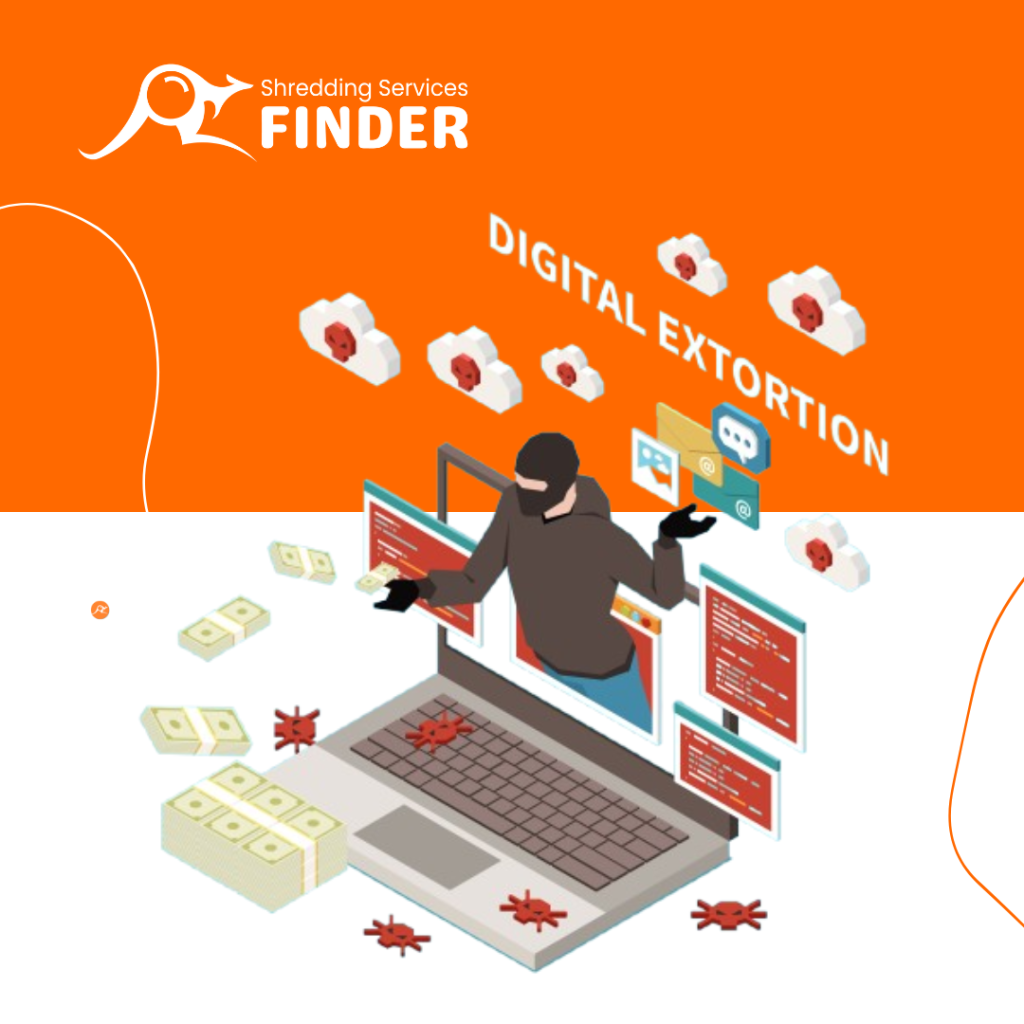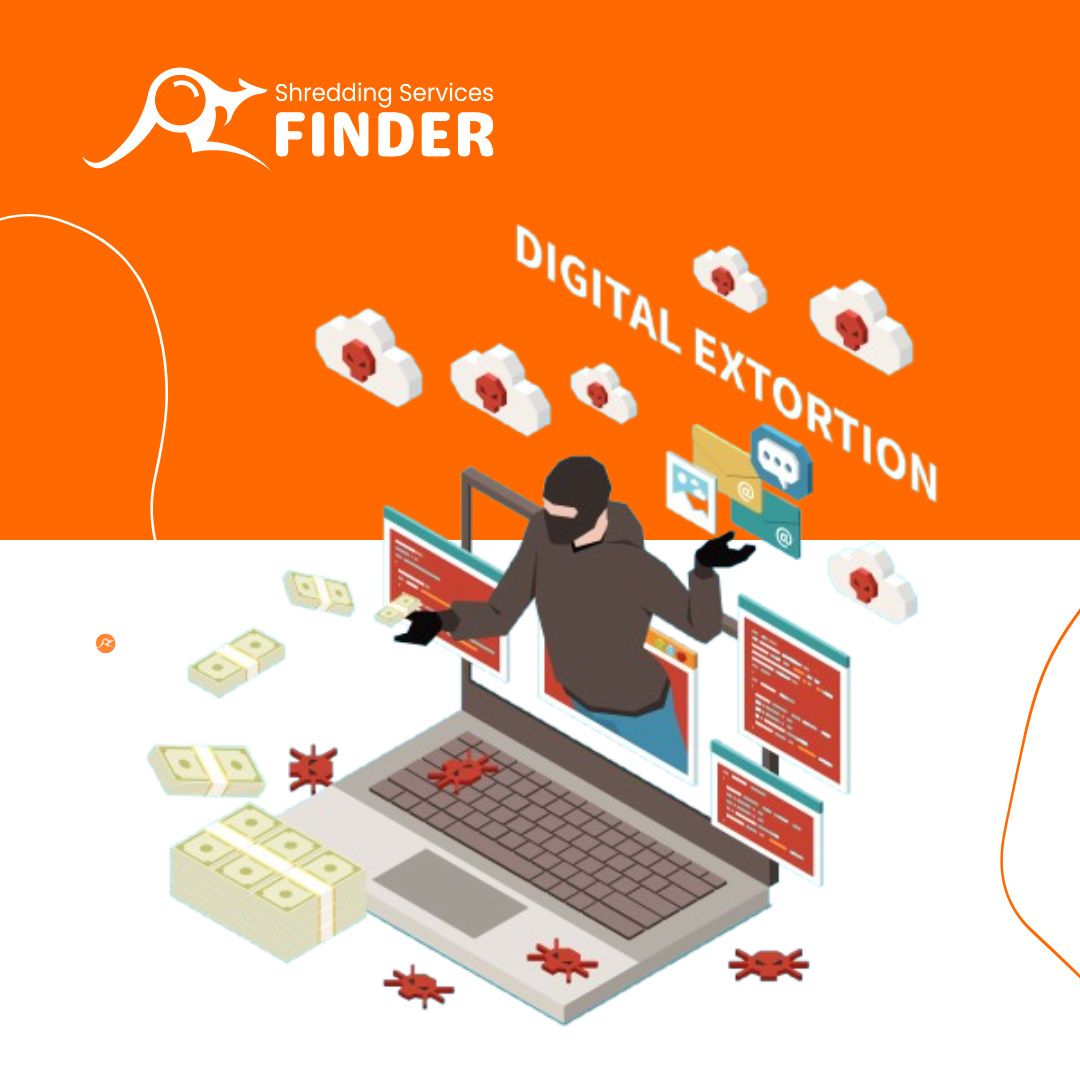Identity Theft Prevention: What Thieves do with your Information
Identity theft is a growing concern in Australia, and understanding what identity thieves do with your personal information is crucial for identity theft prevention. At ShredFinder, we’re committed to helping you protect your sensitive data. This article explores how thieves exploit stolen information, the consequences, and how Secure Document Shredding enhances Identity theft prevention efforts.
How Thieves Steal yor personal information
Before diving into Identity Theft Prevention, it’s important to know how thieves access your data. Common methods include:
- Phishing Attacks: Fraudulent emails or texts trick you into revealing passwords or bank details.
- Data Breaches: Hackers target businesses, with Australia seeing a record 559 breaches from July to December 2024, as reported by the OAIC.
- Physical Theft: Unshredded documents, like bills or medical records, are retrieved from bins.
- Malware: Software on your device captures login credentials or personal details.
There tactics provide thieves with names, addresses, or tax file numbers, which they exploit in harmful ways.
What identity thieves do with your information
Thieves use stolen data for various fraudulent activities, making identity theft prevention essential.
Here’s what to do:
- Financial Fraud: Making unauthorised purchases or withdrawing funds using your bank or credit card details.
- Account Hijacking: Taking over your email, social media, or loyalty accounts to steal rewards or data.
- New Account Fraud: Opening loans, credits, or utilities in your name leaving you with debt.
- Government Fraud: Filing fake tax returns or claiming benefits using your identity.
- Medical Identity Theft: Using your details for medical services, which can corrupt your healthcare records.
- Data Trading: Selling your information on the dark web to other criminals.
Consequences of Identity Theft
Failing to prioritise identity theft prevention can lead to:
- Financial loss: unauthorised transaction or loans in your name
- Credit Damage: Fraudulent debs harming your credit score.
- Reputation Harm: thieves impersonating you online or committing crimes.
- Emotional stress: Resolving identity theft can take months and involve legal challenges.
These outcomes highlight why protecting personal information is critical.
Top Identity theft prevention strategies
Effective Identity theft prevention involves proactive steps to safeguard your data. Here are key strategies:
- Shred Sensitive Documents: Use ShredFinder to find a provider who can secure documents shredding to destroy papers like bills or medical records.
- Use Multi-Factor Authentication (MFA)
- Monitor Accounts: Check bank statements and credit reports regularly. Try Equifax for free credit monitoring.
- Stay Vigilant Online: Avoid sharing details on unsecured sites or responding to unsolicited messages.
- Secure Physical Records: Store documents in a locked safe or digitise them securely.
For more advice, visit the office of the Australia Information Commissions (OAIC)





